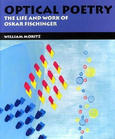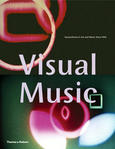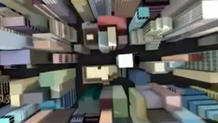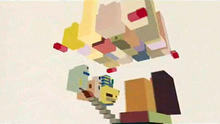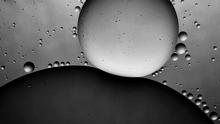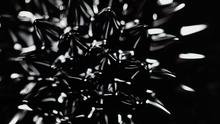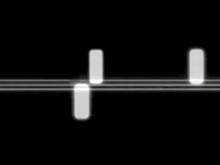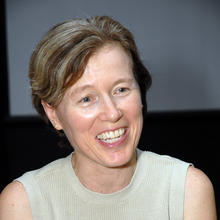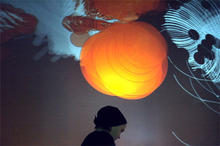Michal Levy
was born and raised in Israel and graduated from Bezalel Academy of Art and Design, Jerusalem, in 2001. She currently resides in Philadelphia, Pennsylvania where she work as an art director.
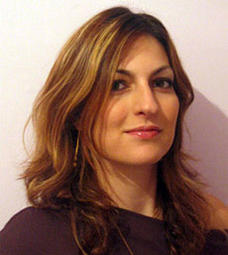
Michal Levy was born and raised in Israel and currently resides in Philadelphia, Pennsylvania where she works as an art director for a major corporation. Since childhood, music, dance and painting have been an important part of her life and have contributed to her passion for exploring the visualization of sound.
Source: Austin Museum of Digital Art
"When I listen to music I see colors and shapes and when I watch visual art I hear sounds. I wanted to express my sensing of shapes colors and music in this short movie."
These are the words of Michal Levy, an inspired visual artist and musician. What began as a graduation project, became a world renowned short film, winning Honourable Mention at such prestigious events like the JVC Jazz Festival Juried Exhibition in New York (2002) and a 2004 animation event sponsored by Hazira, Bezalel Academy of Art & Design, and The Israel Film Archive. Even though the film has created several years ago it is still winning over fans. In 2005, Giant Steps won the Animation Award from the BehindTheCurtain.org community.
Source: FlasherDotOrg
